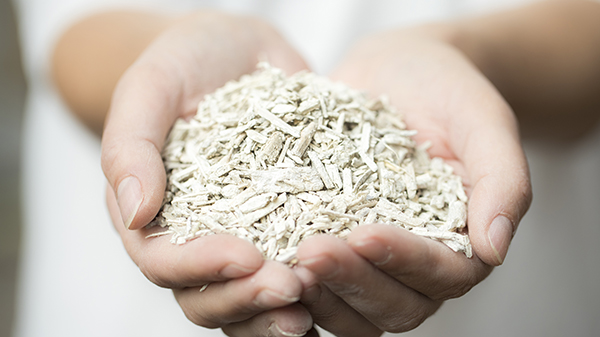Anyone building or remodeling this past year has seen lumber, steel, and concrete prices skyrocket. Lumber has tripled and other building materials have increased similarly. How can investors who already have tight margins handle the increased prices? How can we continue to build and not outstrip the capacity of buyers to buy or renters to rent?
The answer might be . . . hemp.
First let’s distinguish between hemp and its evil twin marijuana. Technically they are both referred to as cannabis. But they are different species of plants. You can’t get high from smoking hemp. And hemp has a long history of multiple uses. It was one of the first textiles and one of the first types of paper (30 Gutenberg Bibles were printed on hemp paper). It is used in rope and sails (the origin of the word canvas is cannabis). It can be a good food source, has useful oils (known as CBD oils) that are currently marketed for many health uses, and can be made into meal or milk. It can be used for animal feed and bedding.
In more modern times, hemp is a good alternative to corn for biofuels. Hemp pellets can also be burned for fuel. Hemp plastic is biodegradable but cheaper and stronger than the more common petroleum-based plastics. And hemp plastic reduces reliance on fossil fuels.
Also, hemp has incredible potential uses in construction. Hemp can be used for insulation. It provides higher ratings, lighter weight, and is easier to use. Hempcrete can be used in the form of blocks, panels or 3D printed specialty shapes for walls and floors (but not load-bearing walls). Hemp adobe can be used for load-bearing walls, foundations, and floors, and is as strong or stronger than concrete (3,000 – 6,000 psi depending on the formulation where concrete is at around 3,000 psi).
Hemp can be extruded in much the same way as MDF lumber to make plywood, boards, wood blanks, and other lumber replacement products. When made this way, hemp hardness is similar to oak. To renew lumber takes 40 years. To renew hemp takes 90 days. It grows similarly to bamboo when grown for fiber and in some areas of the country you can get three growing seasons each year. Hemp is also great for the environment since it sequesters more carbon from the atmosphere than most crops. Building with hemp could be a carbon-negative activity if the agriculture is done right and the materials are appropriately used.
In short, hemp can be used as a primary material for foundations, floors, roofs, walls, cabinets, insulation, shingles, brick or block work, and sheeting. Hemp is breathable, mold and mildew resistant, a great insulator, naturally pest (termite) resistant, and fire retardant.
So why isn’t hemp material readily available across the country and able to fill the gap as lumber and steel shortages (and high prices) continue to slow construction? For 85 years, hemp was unfairly grouped with marijuana as a drug, and it was illegal in the U.S. and many other areas of the world to grow it. This changed in the U.S. in 2018 when hemp was officially and legally separated from marijuana and made legal across the country. But it’s hard to grow an industry from scratch and most of the hemp growers focused on the high per acre profit potential of CBD oil rather than industrial fiber. Today, there is no fully supported hemp supply chain to go from farm to hemp lumber or hempcrete manufacturer. Smaller providers have popped up, however, and the long and arduous process of getting hemp products rated for the various construction purposes is underway. Within the next few years, you will begin to see hemp homes (there are about 50 in the U.S. right now) and hemp alternatives for lumber, concrete, and steel. When a product is better, cheaper, and faster, as well as far more environmentally friendly, it can’t be held down for long now that it’s legal and the rules for growing it have been developed.
There are groups right now who are focused on building this supply chain infrastructure, enabling the creation at scale of hemp building material, and using the materials to develop affordable green housing across the U.S. One of those groups, Empower Unity, is finalizing plans for their initial communities. They will be leveraging novel 3D printing and modular housing approaches using hemp-based materials to rapidly and cheaply create beautiful well-constructed options.
Be on the lookout for hemp products and learn how you can substitute this green option for lumber, steel, and/or concrete in your own development and renovation work. This is a trend that is – literally – growing rapidly.
Steve Streetman is a real estate consultant specializing in deal structuring and the use of cryptocurrency. Look for his book, “Cryptocurrency and Real Estate: how to profit as Bitcoin and Blockchain transform real estate investing” available now on Amazon in paperback and ebook formats. You can also find out more at https://CryptoREBook.com. To find out more about hemp in construction you can also see
https://EmpowerUnity.com.
























0 Comments